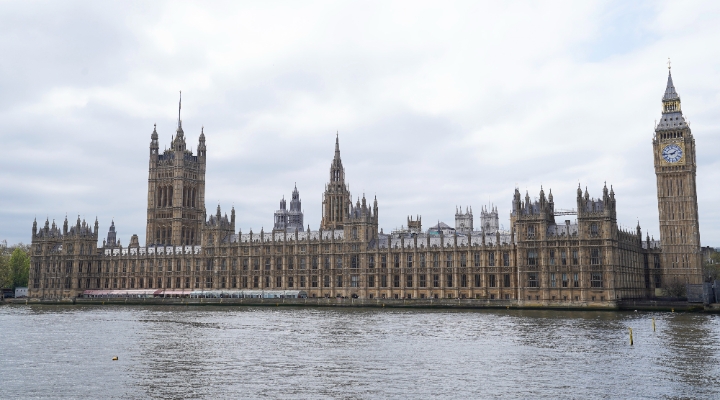With less than two months now until the UK general election. Typically markets show appear to give little consideration to political events until they are right on top of them, so it may now be appropriate to give some thought to the possible outcomes. Nationally the poll ratings for Conservative and Labour have been very steady for well over a year now, though in Scotland Labour have been losing significant numbers of voters to the SNP.
A parliament of 650 MPs made up of approximately 280 Conservative, 270 Labour, 30 Lib Dem, 50 SNP and 20 other (15 Unionist and UKIP on the right, 5 Green and Plaid Cymru on the left) is close to that implied by the political betting markets and current polls, and would leave the UK political scene in a very uncertain state.
This would leave the traditional right-of-centre parties at 295, the Labour, nationalist and Green parties at 325 and the Lib Dems in the centre with 30. The implication would be that the only two-party coalition majority that could get close to a majority would be a Labour/SNP coalition; however the price of such a coalition would very likely be the break-up of the UK itself. Alex Salmond would be the SNP leader in Westminster and he has shown himself to be a very effective political operator in the coalition politics of Holyrood.
Sadly no other outcome looks good for markets either.
Traditionally the best outcome for markets would be a majority for a stable right-of-centre government. A Conservative majority, while looking extremely unlikely at the current juncture would however be one fraught with political and constitutional risk as the Conservative manifesto will commit to holding a referendum in the UK’s continued membership of the EU. The uncertainty that such a referendum would engender in the minds of business leaders would be very negative for investment in the UK, and a vote to withdraw is likely to be viewed very negatively by the UK financial markets.
A continuation of the present Conservative/Lib Dem coalition, is also not likely on the current poll ratings. It would however be likely to feed continued Scottish disgruntlement, where neither of the UK governing parties is likely to have much representation north of the border. Further demands for more powers for the Scottish parliament are also likely to be met with stronger rhetoric for English-only MPs deciding English matters, bringing the very concept of the Union under deeper strain.
A minority Conservative government would find it very difficult to get its economic and budget policies through parliament, where a combination of Labour, Lib-Dem and SNP votes would block most of their plans.
A Labour/Lib Dem coalition looks unlikely to have enough support within parliament by itself, it would be dependent upon support from the SNP to pass legislation and that support would come at a price. The same would be true for a minority Labour government.
A Labour majority would not be welcomed by financial markets as Ed Miliband is perceived as one of the most anti-business Labour leaders since Michael Foot.
Weak government and constitutional uncertainty look to be the only sure thing to come out of the forthcoming election. Weakness in the euro is the current flavour of the month in the currency markets, following the ECB’s decision to (finally) implement QE. By the time May is here, it may be they are seeking a new trend – weak sterling on the back of political uncertainty could well be that new trend.




























